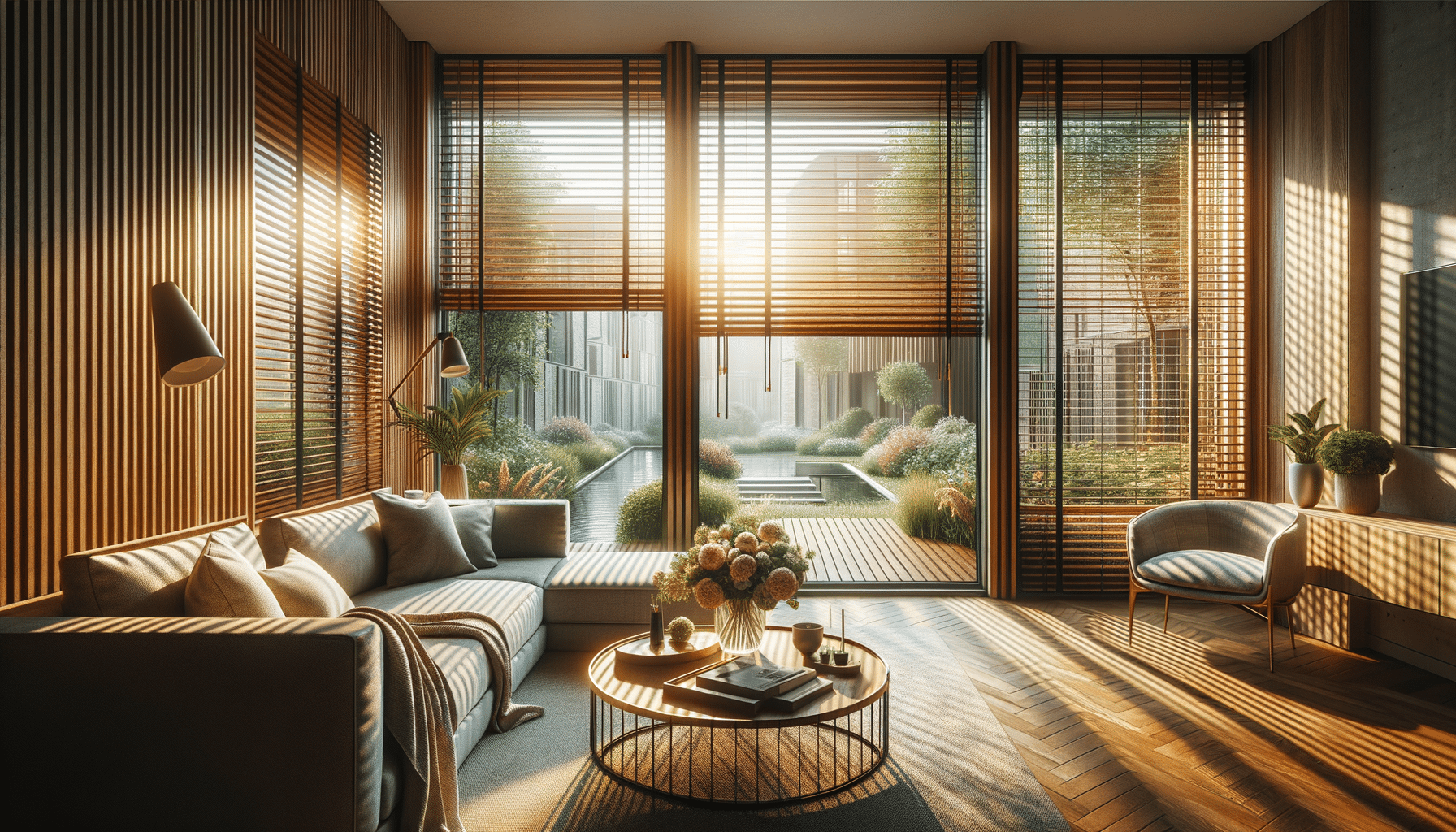
What You Need to Know about Window Blinds
Introduction to Window Blinds
Window blinds are an integral part of home décor, offering both functionality and style. They are essential for controlling natural light, maintaining privacy, and enhancing the aesthetic appeal of any room. With a variety of designs and materials available, window blinds cater to diverse tastes and needs, making them a popular choice for homeowners looking to refresh their living spaces.
Blinds are not just decorative; they serve practical purposes that can significantly impact the comfort and energy efficiency of a home. By understanding the different types of blinds and their respective benefits, homeowners can make informed decisions that align with their interior design goals and lifestyle requirements.
Types of Window Blinds
Window blinds come in several types, each with unique features and benefits. Understanding these options can help you choose the right blinds for your space:
- Venetian Blinds: Featuring horizontal slats, these blinds are adjustable to control light and privacy. They come in materials like wood, aluminum, and PVC.
- Vertical Blinds: Ideal for large windows or sliding doors, these blinds have vertical slats that can be tilted or pulled to the side.
- Roller Blinds: Made from fabric, these blinds roll up onto a tube, providing a sleek, modern look.
- Roman Blinds: These fabric blinds fold into pleats when raised, offering a soft, elegant appearance.
- Cellular (or Honeycomb) Blinds: Known for their energy efficiency, these blinds trap air in their honeycomb structure, providing insulation.
Each type of blind offers different advantages, from aesthetic appeal to energy savings, making it crucial to consider your specific needs and preferences when selecting blinds for your home.
Materials and Their Impact
The material of the blinds plays a critical role in their functionality and appearance. Here are some common materials used in window blinds:
- Wood: Offers a warm, natural look and is suitable for various décor styles. However, wooden blinds can be more expensive and require maintenance to prevent warping.
- Aluminum: Durable and lightweight, aluminum blinds are easy to clean and resistant to moisture, making them ideal for kitchens and bathrooms.
- Fabric: Available in a wide range of colors and patterns, fabric blinds provide a soft touch to interiors. They can, however, attract dust and may require regular cleaning.
- Vinyl: A cost-effective option that is easy to maintain and available in various colors.
Choosing the right material depends on factors like room function, desired aesthetic, budget, and maintenance willingness. For instance, fabric blinds might be perfect for a cozy living room, while aluminum blinds could be better suited for a humid bathroom environment.
Installation and Maintenance
Proper installation of window blinds is crucial for their performance and longevity. While some homeowners may opt for professional installation, many blinds come with user-friendly instructions for DIY setup. Key considerations during installation include precise measurements, ensuring the blinds fit perfectly within or outside the window frame, and securing the brackets firmly.
Maintenance varies by material and type. Regular dusting and occasional deep cleaning can keep blinds looking new and functioning well. For instance, wooden blinds may need special wood cleaners, while fabric blinds might require vacuuming or spot cleaning. Understanding the specific care instructions for your blinds helps in prolonging their life and maintaining their appearance.
Design and Aesthetic Considerations
Window blinds are a significant design element that can transform the look of a room. When selecting blinds, consider the overall style and color scheme of your space. Blinds can either blend in with the existing décor or provide a striking contrast that adds visual interest.
Consider factors such as:
- Color: Neutral tones offer versatility, while bold colors can make a statement.
- Pattern: Patterns can add texture and depth, but they should complement rather than clash with other design elements.
- Style: The style of blinds should align with the room’s theme, whether it’s modern, traditional, or eclectic.
By thoughtfully selecting blinds that enhance the room’s aesthetic, you can create a cohesive and inviting environment that reflects your personal style.
Conclusion: Making Confident Choices
Window blinds are more than just a functional necessity; they are an opportunity to express personal style and improve the comfort of your home. By considering the various types, materials, installation, and design elements, you can choose blinds that meet your practical needs and aesthetic preferences.
Whether you’re seeking to improve energy efficiency, enhance privacy, or simply update your décor, understanding the options available in window blinds will enable you to make confident and informed decisions. Investing in quality blinds can provide lasting benefits, from improved home ambiance to potential energy savings.


